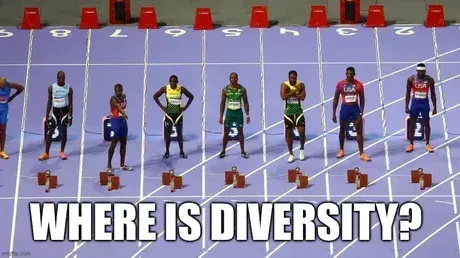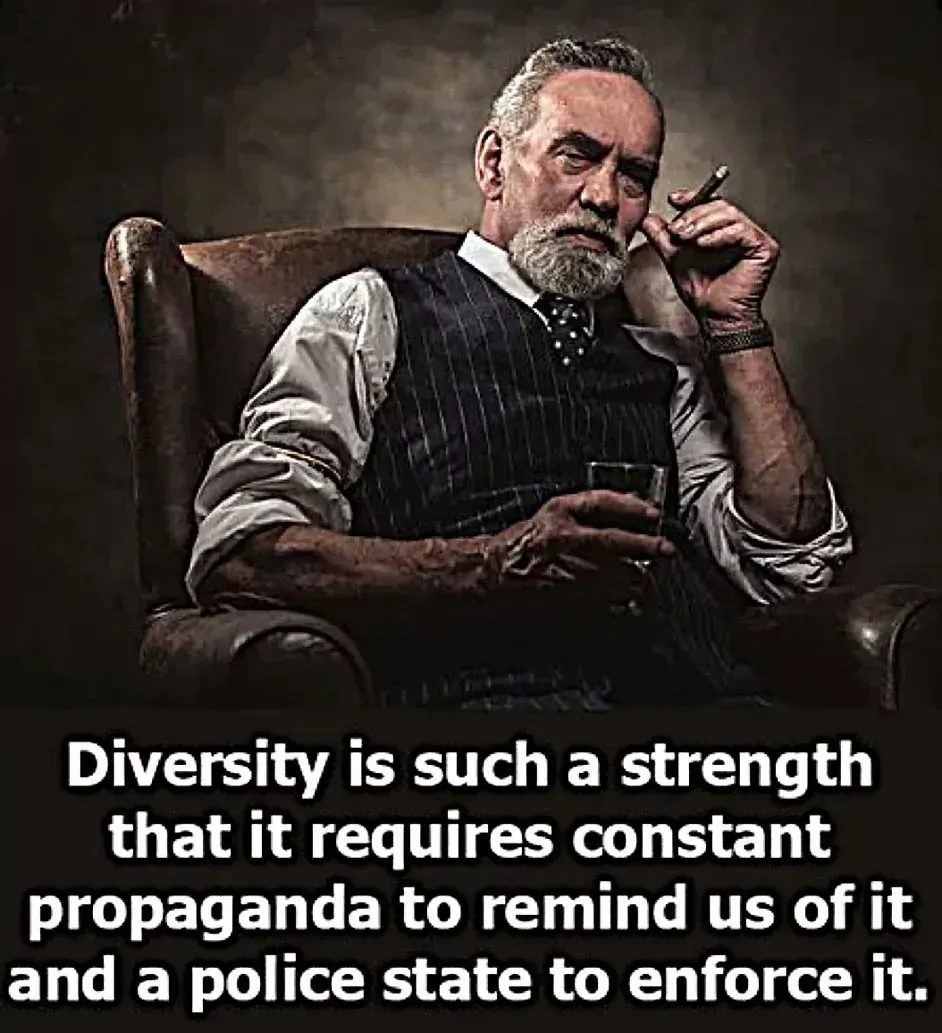Keep America Merit-Based: Why Rolling Back DEI Matters
Robbing Merit to Pay Quotas: The Unconstitutional Nature of DEI

Keep America Merit-Based: Why Rolling Back DEI Matters
When Donald Trump first took office, he cracked the façade of DEI, exposing it for what it really is: a system that substitutes identity for merit. Since then, Americans have seen the consequences of elevating quotas over qualifications. Universities, corporations, and government agencies rushed to implement programs that favor skin color, gender, or sexuality over skill and performance. The result isn’t equality — it’s reverse discrimination dressed up in flowery language.
DEI is rooted in theories like white privilege and institutional racism. But these concepts collapse under scrutiny. The idea of “white privilege” assumes that all white Americans enjoy unearned benefits simply for being white. Tell that to the millions of working-class whites in Appalachia or the Rust Belt who lost jobs when factories shut down. Poverty, addiction, and broken families don’t discriminate by color. What really matters is economics, geography, and personal responsibility — not skin tone.
The same goes for “institutional racism” and “white supremacy.” America has laws on the books that guarantee equal rights for all citizens. We have had decades of civil rights protections, affirmative action programs, and government incentives specifically aimed at increasing minority opportunities. To pretend the United States is still governed by “white supremacist institutions” is to ignore both the progress achieved and the current legal framework. At some point, constantly redefining the country as systemically racist becomes less about justice and more about political leverage.
And then there’s “toxic masculinity.” This term has been weaponized to paint strength, competition, and leadership — qualities that built America — as inherently harmful. What is really “toxic” is teaching boys to suppress ambition, responsibility, and resilience. Families, businesses, and communities don’t thrive by neutering men; they thrive when men and women work together with complementary strengths, not when one gender is vilified in the name of ideology.
The real danger of DEI and its surrounding buzzwords is division. These programs do not unify us; they balkanize us into categories and hierarchies of grievance. They pit Americans against each other based on traits none of us chose, instead of rallying us around shared values: hard work, fairness, accountability, and merit.
This is why the push against DEI must continue. Not because we deny that prejudice exists, but because we know the cure isn’t endless guilt trips, racial bean-counting, or rewriting our institutions. The cure is equality under the law, not equality under quotas. If we want America to remain strong, prosperous, and free, we must reject the ideology of DEI and reaffirm the timeless principle that character and competence outweigh checkboxes and labels.
Unconstitutional Nature of DEI Quotas
Supporters of DEI like to dress their programs in moral language — fairness, inclusion, equity. But when you strip away the slogans, what remains are quotas based on race and gender. That’s not progress; it’s unconstitutional. The Equal Protection Clause doesn’t allow the government (or institutions receiving government funding) to elevate one citizen over another simply because of identity. In fact, the Supreme Court recently struck down affirmative action in college admissions, reaffirming that equal protection means exactly that: equal.
Think of it this way: robbing a bank doesn’t become legal just because the thief promises to spend the money on something “good.” Similarly, mandating hiring quotas or admissions preferences doesn’t become constitutional just because it’s framed as “equity.” The Constitution protects individuals, not group hierarchies. DEI in practice ignores that truth, substituting collective guilt and privilege charts for individual rights and merit.
The danger here is bigger than bad HR policy. It sets the precedent that identity, not performance, determines opportunity. That is corrosive to the rule of law and to national unity. If we want a country built on fairness, we must resist these unconstitutional shortcuts and return to the principle that the law protects everyone equally — without exception, without quotas.
References
Associated Press. (2025, March 27). U.S. Justice Department probing admissions policies at Stanford University, University of California. Reuters. https://www.reuters.com/world/us/us-justice-dept-probing-admissions-policies-stanford-university-california-2025-03-27/
Associated Press. (2024, December 28). Federal judge refuses to block Alabama law banning DEI initiatives in public schools. AP News. https://apnews.com/article/83c48702520d0adf937d9371c1f46b17
Associated Press. (2024, September 26). As Trump targets DEI, Republican-led states intensify efforts to stamp it out. AP News. https://apnews.com/article/379c55d6a9487381d48d8450a639bd13
Liptak, A. (2023, June 29). Supreme Court strikes down affirmative action programs in college admissions. SCOTUSblog. https://www.scotusblog.com/2023/06/supreme-court-strikes-down-affirmative-action-programs-in-college-admissions/
Students for Fair Admissions v. President and Fellows of Harvard College, 600 U.S. ___ (2023). https://en.wikipedia.org/wiki/Students_for_Fair_Admissions_v._Harvard
University of California Regents v. Bakke, 438 U.S. 265 (1978). https://en.wikipedia.org/wiki/Regents_of_the_University_of_California_v._Bakke
Gratz v. Bollinger, 539 U.S. 244 (2003). https://en.wikipedia.org/wiki/Gratz_v._Bollinger
Grutter v. Bollinger, 539 U.S. 306 (2003). https://en.wikipedia.org/wiki/Grutter_v._Bollinger
The New Yorker. (2023, February 6). The war on diversity, equity, and inclusion. https://www.newyorker.com/news/the-lede/the-war-on-diversity-equity-and-inclusion
Wikipedia contributors. (2025, March 28). Reverse racism. In Wikipedia. https://en.wikipedia.org/wiki/Reverse_racism
Disclaimer:
The views expressed in this post are opinions of the author for educational and commentary purposes only. They are not statements of fact about any individual or organization, and should not be construed as legal, medical, or financial advice. References to public figures and institutions are based on publicly available sources cited in the article. Any resemblance beyond these references is coincidental.











